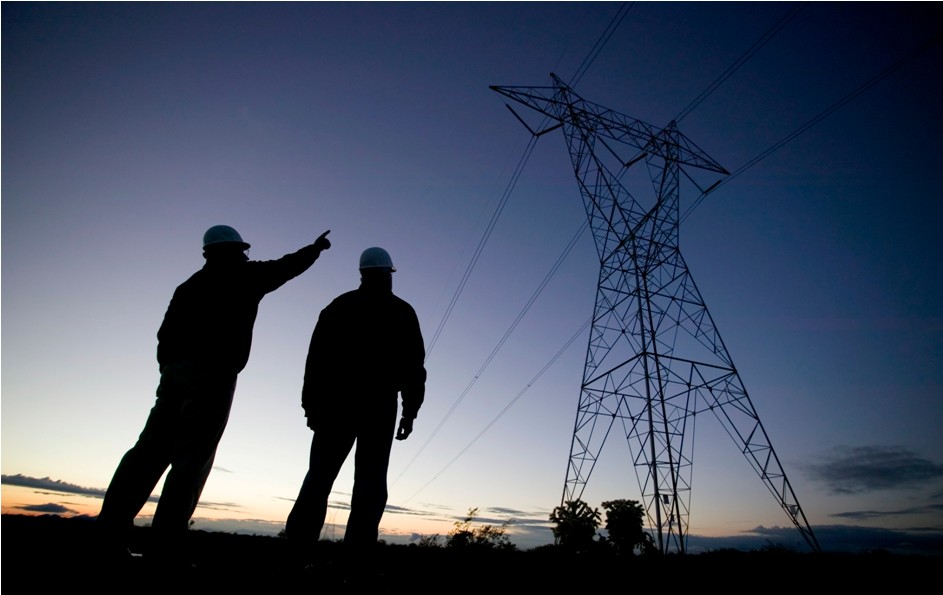
A crucial element in maintaining control over project costs is estimating inflation and escalation over the life of a project. Since capital projects run over a number of years inflation and escalation costs can easily push project costs beyond budgets, notes Rajiv Menon.
Signing on as a contractor for large-scale capital-intensive projects is the goal of every engineering and construction firm. Such projects not only offer significant financial rewards but can enhance a firm’s reputation to deliver complex work on time and within budget, increasing the potential to work on more complex critical infrastructure projects.
While the benefits are potentially significant, however, there are a number of considerations that need to be taken to ensure contractors are not sunk by unforeseen costs incurred over the life of a project.
Research has shown that capital projects generally exceed budgets by about 12%.According to recent government estimates, some 356 infrastructure projects, each costing 1.5 billion rupees or more, have been delayed by up to five years, leading to a total cost overrun of 2.19 trillion rupees.
Delays in land acquisition and forest and environmental clearances remain a hurdle, despite guidelines to speed-up the process, apart from an online clearance application system.
To help mitigate the problem of unpredictable financial pressures, effective cost control systems and proven processes provide a yard stick that can measure project spending against the approved budget. Very often contractors that do not have these in place, face the risk of failing to deliver on their contractual obligations. By not monitoring costs during project rollout, contractors carry the risk of cost overruns. This is why many contractors risk suffering financial and reputational challenges — which may ultimately affect their ability to compete in a challenging marketplace.
The chances of schedule and cost overruns on large capital projects are very high since there are so many variables that could result in project delays or over expenditures or both. A current example is State Bank of India’s (SBI) decision last year not to fund interest payments during the infrastructure construction phase. Unless contractors keep a tight handle on the project costs from the beginning of the project, they are going to lose control.
Typically, a job is broken into manageable units, called the work breakdown structure, which needs to be linked to specific cost accounts. Each of these cost accounts should have their own budgets. This allows every aspect of the project to be effectively costed and managed because these have been set upfront to anticipate any issues, as well as to measure performance.
Most contractors perform a detailed cost analysis prior to submitting their bids. This analysis provides a breakdown of the projected costs over the life of a project. However, there are a number of unknowns that cannot be accurately forecasted and that may have a significant affect the budget. Therefore, contingencies would have to be allocated for these “unknowns” and these need to be documented.
As such, during project execution, it is important that the cost details be reviewed every month to maintain a tight grip on spending. Furthermore, a review process also affords contractors the time to develop solutions to potential project issues based on the remaining budget and time available.
To ensure capital overruns do not become unmanageable, contractors must have an effective cost control system that takes into consideration the following elements:
- Budgeted cost vs. Committed cost vs. Actual cost
- Change Management
- Risk Management
- Cash flow management and contingency draw-down
- Productivity measurement
- Cost forecasting
These provide contractors with the necessary information needed to effectively plan how the remaining capital is spent.
Systems and processes must be reviewed on a regular basis to ensure they are in keeping with the latest developments. Continuous improvement of processes and insuring applicability of these processes to specific regions and clients can elevate contractors as industry leaders.
A competitive contractor needs to get the fundamentals right from the outset, particularly with regards to developing effective cost models.
Contractors that lack a workable cost model often fall foul of budgets for a number of reasons, such as a lack of understanding of project requirements, the cash flow requirements to successfully deliver the project, as well as the timeframes in which contractors can get paid during a project. While some contractors get by without an effective cost management system, it is not a sustainable practice, as there is no record from which to base best practices for future projects rollout.
Another crucial element in maintaining control over project costs is estimating inflation and escalation over the life of a project. Since capital projects run over a number of years inflation and escalation costs can easily push project costs beyond budgets. During the initial cost analysis phase, competitive contractors should factor these in for the duration of the project and account for the expected inflation in their budgets.
Currency fluctuation should also be factored in from the onset, particularly for projects that are denominated in foreign currencies.
Once all these considerations have been made, contractors are then able to create a basic cost estimate of a project. The next step is to conduct a risk assessment and determine the potential cost implications of the various risks, both known and unknown, that may impact a project. A detailed risk assessment allows contractors to put in place contingency funds aimed at absorbing any costs that fall outside of the project scope and lead to increased project costs. Established processes and systems will help contractors to determine theseand leave them in a position to recoup costs where needed.
A change management process is specifically designed to keep track of cost fluctuations in a project. The changes in a project may be small and cost very little at first but if such a process is not in place, costs will quickly stack up and may lead to the real possibility of affecting the contractor’s reputation in the long-term.
Implementing the best practice outlined in this article has tangible benefits. By implementing and adhering to these processes we are able to offer clients greater on-time delivery and cost certainty.
Rajiv Menon is Managing Director, Black & Veatch India



